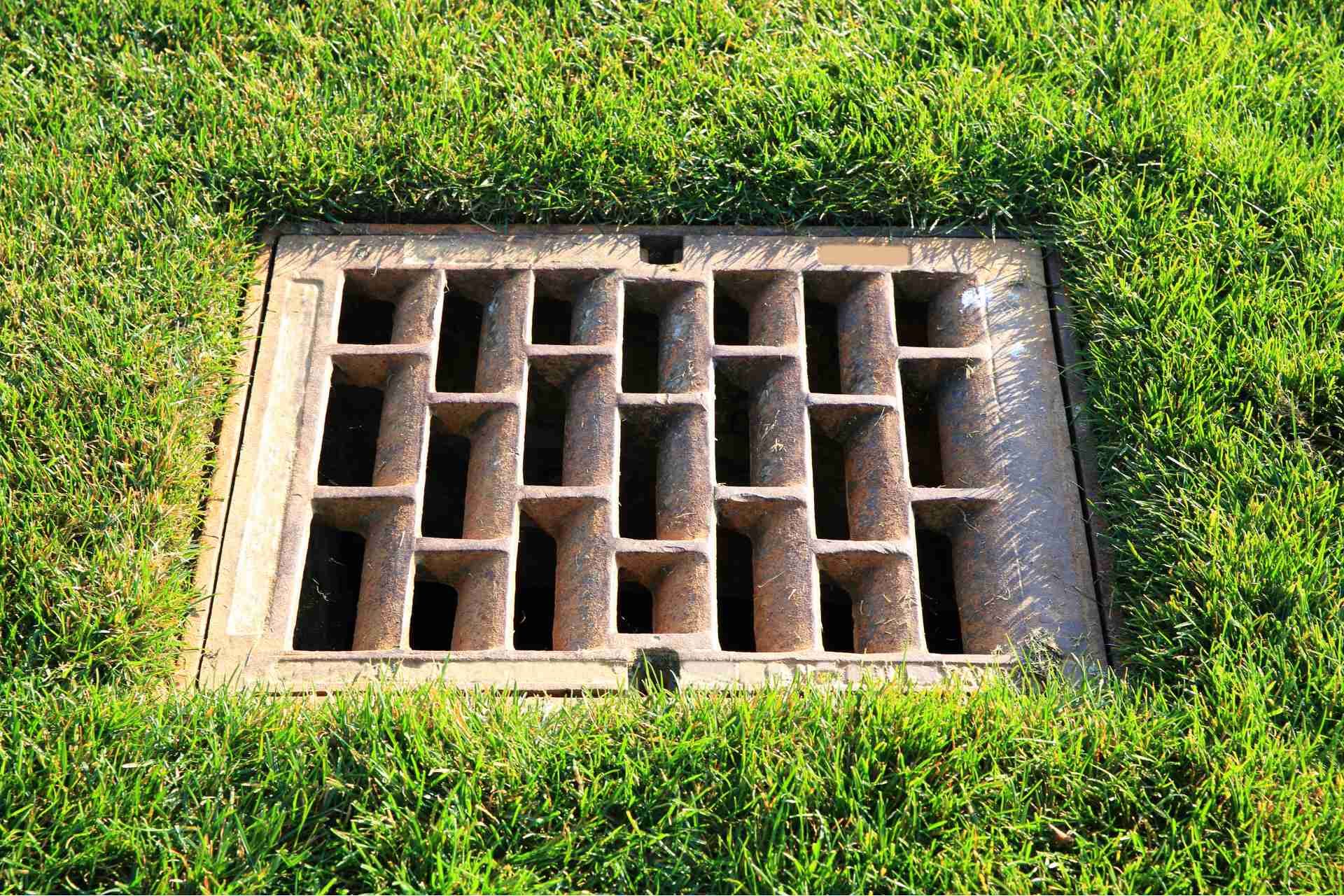Irrigation Tips: How to Avoid Overwatering or Underwatering Your Lawn
When it comes to maintaining a healthy lawn, understanding your grass type and its specific watering needs is crucial. You might think you're giving your lawn just the right amount of water, but overwatering or underwatering can lead to serious issues. Knowing how much water your lawn really needs can make all the difference. Let's explore some practical tips to ensure your lawn thrives without the risk of over or under-watering.
Understanding Your Lawn's Watering Needs
Understanding your lawn's watering needs is crucial for maintaining its health. To begin, assess your grass type, as different varieties require varying amounts of water.
Generally, most lawns thrive with about one inch of water per week, but factors like soil type, climate, and sunlight exposure can influence this. Test the soil moisture by sticking your finger about an inch into the ground; if it feels dry, it's time to water.
Timing matters, too—early morning is ideal to minimize evaporation and fungal diseases. You should also consider your irrigation system's efficiency.
Regularly check for clogs or leaks, ensuring your lawn gets the right amount of water consistently. By understanding these factors, you'll keep your lawn lush and vibrant.
Signs of Overwatering and Underwatering
If you want a healthy lawn, it's essential to recognize signs of overwatering and underwatering.
Overwatering often leads to yellowing grass, a spongy feel underfoot, and the presence of mold or fungus. You might also notice puddles forming on the surface or an increase in mosquitoes around your yard.
On the other hand, underwatering can cause your grass to turn brown, become crunchy, and develop dry patches. If you see your grass wilting or footprints remaining visible long after you walk on it, that's a clear signal it needs more water.
Best Practices for Watering Your Lawn
How can you ensure your lawn gets the right amount of water?
First, water early in the morning, ideally between 6 AM and 10 AM, to reduce evaporation. Aim for about an inch of water per week, including rainfall. Use a rain gauge to measure how much water your lawn receives.
Water deeply and infrequently; this encourages deep root growth and drought resistance. Check the soil moisture by sticking your finger into the ground; if it's dry an inch down, it's time to water.
Adjust your schedule based on the season—more in summer, less in cooler months.
Finally, keep an eye out for signs of stress, like wilting or browning, to tweak your watering routine as needed.
Choosing the Right Irrigation System
When it comes to choosing the right irrigation system for your lawn, what factors should you consider?
First, assess the size and layout of your yard. For smaller spaces, a drip irrigation system or soaker hoses might work best, while larger areas may benefit from sprinkler systems.
Next, think about your water source; ensure your system is compatible with it.
Also, consider your climate and soil type, as they influence how much water your lawn needs.
Finally, evaluate your budget. Although some systems require a higher initial investment, they may save you money in the long run through efficiency.
Ultimately, selecting the right system tailored to your lawn's specific needs will help you maintain a healthy landscape.
Seasonal Watering Adjustments
Selecting the right irrigation system is just the beginning; adjusting your watering schedule according to the seasons is key to keeping your lawn healthy.
In spring, when temperatures rise, increase your watering frequency to support new growth. As summer hits, you might need to water more deeply but less often to encourage deep root systems.
In fall, cut back on the frequency as your lawn slows down, preparing for dormancy. During winter, you can usually skip watering altogether unless there's an extended dry spell.
Keep an eye on rainfall and adjust your schedule accordingly. By adapting your watering practices throughout the year, you'll promote a lush, vibrant lawn while conserving water and avoiding overwatering.
Conclusion
By keeping an eye on your grass type and local climate, you can easily meet your lawn's watering needs. Remember to look for signs of distress, like yellowing or dry patches, to adjust your approach. Watering early in the morning helps reduce evaporation, and seasonal adjustments ensure your lawn stays healthy year-round. With the right practices and irrigation system in place, you'll enjoy a lush, vibrant lawn without the worry of overwatering or underwatering.








